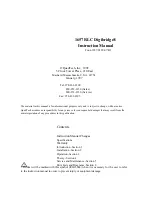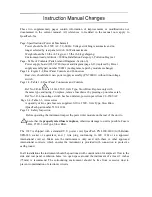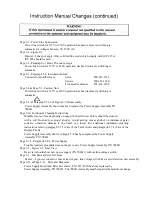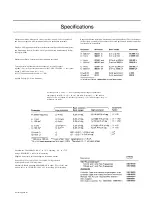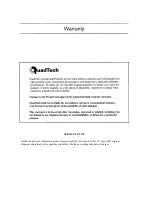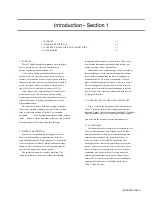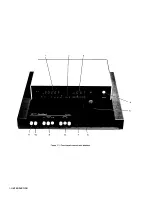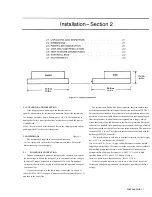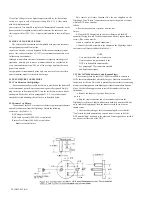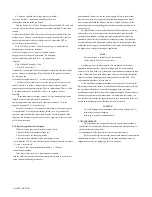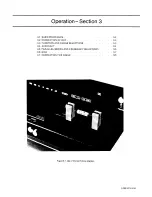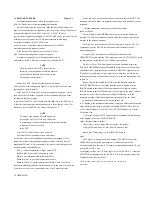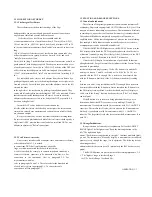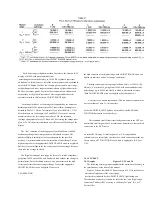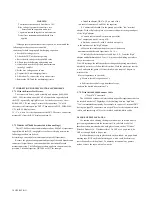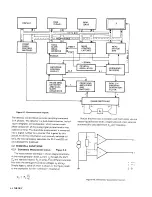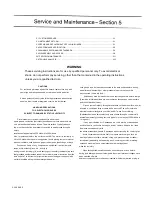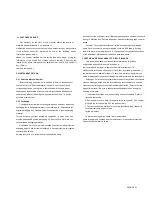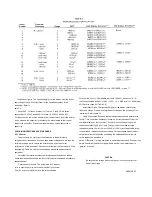
b. Connect a suitable bias voltage source (see below)
in series with the 1+ connection, basically as shown in
the diagram, with the following details.
With the Remote Test Fixture.
Disconnect the red coded BNC cable end
from the remote test fixture and connect one end of plain BNC cable there
instead.
Connect the red coded BNC cable end to the negative terminal of the bias
voltage source. Connect the remaining free end of the plain BNC cable to
the positive terminal of the bias voltage source. Connect the DUT to
the test fixture in the usual way.
With 1657-9600 Extender Cable (Banana Plugs).
Connect the red
banana plug to the negative terminal
of the bias voltage source. Connect a suitable banana
plug patch cord to the positive terminal. We designate
the free end of this patch cord as I++, as shown in the
diagram.
With 1688-9600 Extender Cable
("Type
874
Connectors").
Connect the "red and red" cable to the negative terminal of the bias voltage
source. Connect a suitable type-874 patch cable to the positive terminal.
We designate the
free end of this patch cable as I++, as shown in the diagram.
c. If either of the extender cables (not the remote test fixture) is used,
connect the DUT as follows. If capacitance is large (range 1), make 2
connections to each capacitor terminal (Kelvin connections). That is, I- and
P- to capacitor negative terminal; P+ and I++ to capacitor positive
terminal.
If the capacitance is smaller (range 2 or 3) the banana plugs can be
stacked or a tee used with type-874 connectors
and a single connection made to each capacitor terminal: I- /P- to the
negative terminal, P+/I++ to the positive.
To make 3-terminal (or 5-terminal) measurements, also connect guard
(see paragraph 2.5) to the guard terminal, shield, case, or ground of the
capacitor, provided that this is insulated from the 2 main terminals of the
capacitor. Do not connect guard to the case of a capacitor if the case is one
of its 2 main terminals.
2.6.2 Bias Voltage Source Description
The bias voltage source must satisfy several criteria:
1. Supply the desired terminal voltage (dc)
2. Serve as source for charging current.
3. Serve as source and sink for the measuring currents
(ac), which are 45, 0.45, and .0045 mA, peak, for measurements on ranges
1, 2, and 3, respectively.
4. Present a low, linear terminal impedance (< < 10 ohms)
at measuring frequency.
If the bias voltage source is a regulated power supply
with the usual characteristic that it functions properly only as a source, not
a sink, then the following test setup is
recommended. Connect across the power supply a bleeder resistor that
draws dc current at least as great as the peak measuring current (item 3
above). In parallel with the bleeder, connect a 100-pF capacitor. (If the
power supply has exceptionally good transient response, the capacitor is
not necessary.)
No single bleeder resistor will suffice for all bias conditions, so it may
be necessary to switch among several. Each resistance must be small
enough to keep the power supply regulator current unidirectional (as
mentioned above) for the smallest bias voltage in its range of usefulness.
Also the resistance and dissipation capacity must be large enough so that
neither the power supply is overloaded nor the resistor itself damaged for
the highest bias voltage in its range of application.
NOTE
For convenience, a suitable active current sink
can be used in lieu of bleeder resistors.
A discharge circuit is also required. (Do not depend on the above-
mentioned bleeder resistor.) A dual discharge circuit is recommended.
Connect a clip lead with a
10-Q
resistor in series and another plain clip lead
to the I-/Pjunction. Provide the loose ends of these with insulated alligator
clips for use when completing the discharge path across the DUT. For a
recommended procedure, refer to para 3.6.
I f the measurement program warrants the expense of a test fixture for
biased-capacitor measurements, its function should be equivalent to that of
the circuit described above. It should be equipped with convenient
switching to remove the bias source, discharge through 10 Q, and finally to
short out the capacitor after measurement. For automated test setups, it is
also feasible to precharge the capacitors before they are attached to the test
fixture and to discharge them after they have been removed.
CAUTION
To avoid damage to the instrument, limit the bias voltage to 30 V,
maximum, in any precharging
bias supply, used as mentioned above.
2.7 ENVIRONMENT.
The Digibridge can be operated in nearly any environment that is
comfortable for the operator. Keep the instrument and all connections to
the parts under test away from
electromagnetic fields that may interfere with measurements.
Refer to the Specifications at the front of this manual for temperature
and humidity tolerances. To safeguard the instrument during storage or
shipment, use protective packaging. Refer to Section 5.
2-4 INSTAllATION
Содержание 1657 RLC Digibridge
Страница 6: ...Table of Contents...
Страница 8: ...1 2 INTRODUCTION...
Страница 9: ...INTRODUCTION 1 3...
Страница 10: ...1 4 INTRODUCTION...
Страница 15: ...OPERATION 3 1...
Страница 24: ...4 2 THEORY...
Страница 30: ...5 4 SERVICE...
Страница 42: ...5 16 SERVICE...
Страница 46: ......
Страница 49: ......
Страница 50: ......
Страница 51: ......
Страница 52: ......
Страница 53: ......
Страница 54: ......
Страница 55: ......
Страница 56: ......
Страница 57: ......

